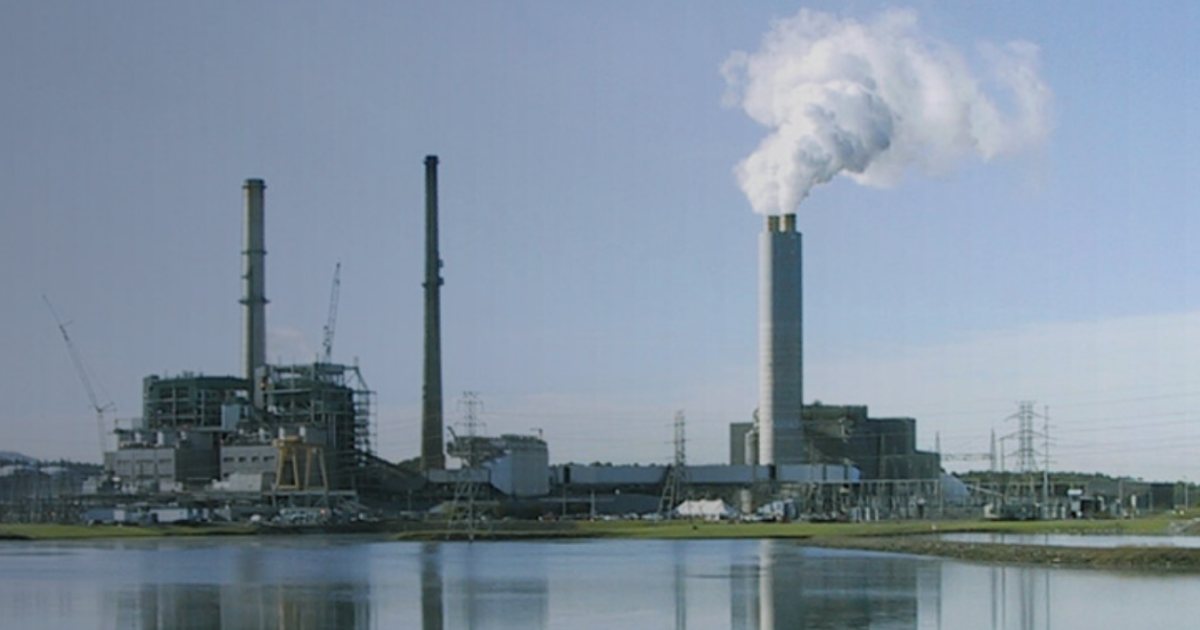Continuing a trend in the USA, Duke Energy announced last week it plans to accelerate its exit from coal power.
North Carolina headquartered Duke Energy’s electricity utilities serve 7.9 million customers in North Carolina, South Carolina, Florida, Indiana, Ohio and Kentucky; and collectively own 51GW of electricity generation capacity.
The company announced in April last year it planned to retire its remaining 30 or so coal units (around 16GW capacity) by 2048, but the timeline has now been brought forward.
On Thursday, Duke Energy said subject to regulatory approvals it intends to source less than 5% of its energy from coal by 2030, with a full exit by 2035. The company mentions it also “contemplates” retiring its costly and troubled 9-year-old Edwardsport coal gasifiers by 2035, or add carbon capture utilization and storage to reduce carbon emissions.
Duke Energy has already retired 56 coal units representing approximately 7.5 gigawatts capacity since 2010 and says it has reduced Scope 1 carbon emissions from electricity generation by 44% from 2005 levels. The company states it is on track to achieve at least 50% reduction by 2030 and net-zero by 2050 from electricity generation.
“As one of America’s largest electric and gas utilities, we and many of our stakeholders share the view that we can take a leadership role in tackling the greenhouse gas emissions associated with our business and value chain,” said Duke Energy Chief Sustainability Officer Katherine Neebe.
As at April last year, just 7% of Duke Energy’s company-owned electrical output came from solar and hydroelectric plants. Under previous plans, that was projected to grow to 23% by 2030, but renewables will represent a bigger chunk of the pie given the accelerated coal exit.
As well as gas power and a few oil fuel plants, Duke Energy has six nuclear plants in its stable that produced 35% of its total electrical output in 2020. In terms of solar power capacity, it has 28 solar farms in its portfolio.
Duke’s move follows an announcement from Georgia Power early this month that it wants to shutter most of the coal units it controls by 2028, with the exception of two plants that will cease operations in 2035. Another major gentailer, Florida Power & Light (FPL), closed down its last coal plant in Florida last year, and exited coal entirely in January this year.
Pressure Piles On Coal Power In Australia
Closer to home, there’s also been recent movement at the station on early coal plant exits.
Last week, AGL announced its Bayswater Power Station at Muswellbrook, which was due to close down in 2035, will now be retired in 2033. Its Loy Yang A power station in Victoria was initially slated to close by 2048, but will now close between 2040 and 2045 – which some say still isn’t fast enough.
Minister for Industry, Energy and Emissions Reduction Angus Taylor was quick to sow seeds of fear in relation to power availability and affordability following these exits, and used AGL’s announcement to spruik the Morrison Government’s controversial Kurri Kurri gas plant project.
On a related note, a recent YouGov poll of 600 people across the Latrobe Valley in Victoria and Hunter Valley in New South Wales conducted for Environment Victoria and Nature Conservation Council of NSW found 76% agreed governments should do more to transition from burning coal to renewable sources of power.


 RSS - Posts
RSS - Posts



Speak Your Mind